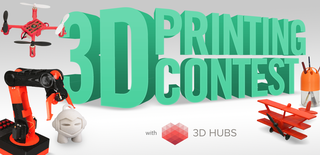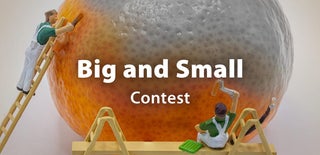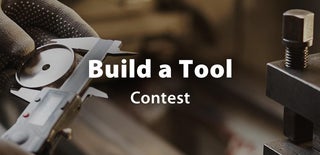Introduction: Smartphone Ophthalmoscope ODocs Fundus
The oDocs Fundus is a 3D printable adapter that converts any smartphone into a retinal camera. Using it in conjunction with a condensing lens, it has up to a 40 degree field of view. Viewing the retina has never been easier.
Best of all, the model is free to everyone courtesy of oDocs Eye Care. You can help with any 3D modifications to improve our model and submit it back here to benefit the community. We believe everyone deserves the access to quality eye care.
The device has been streamlined for 3D printing. We provide step-by-step guide on how to assemble your own unit. It is time to announce this gift to the developing nations to fight preventable blindness.
To learn more about it by visiting www.odocs-tech.com
Step 1: STEP 1: 3D Print All 7 Components
The retinal imaging adapter consist of 7 components. The STL files are available from GitHub
You can also download them from Thingiverse or Youmagine.
It is an open source device therefore you can get the STEP / IGES files too from here.
You will need a 3D printer to print these parts and it takes approximately 3 and half hours.
We encourage the use of PLA for environmental reasons as they are biodegradable.
If you don't have a 3D printer, you can always select one from 3Dhubs.com
Step 2: STEP 2 : Assemble the Item
Step two involves putting those seven parts together.
You will need the following non-printable items too:
Eight M3 Bolts and nuts (15mm)
One M8 Bolt and Nut (25mm)
One 20Diopter condensing lens (50mm diameter) - These are the typical condensing lenses used in ophthalmology department. They can be borrowed from your own local eye clinic, or you can purchase it from Volk.
Watch the step-by-step instructional video on how to assemble the device.
Step 3: STEP 3 : Using the OphthalmicDocs Fundus
To use the device, just clip the entire device onto a smartphone. Please make sure you have smartphone that comes with a good camera (3.5megapixel and above) and an LED flash adjacent to the camera (Co-Axial). We have tried it successfully on iPhone 4, 4S, 5,5C,5S,6 and 6 plus. Also works on Samsung galaxy S series.
Turn on the phone's camera mode and flash. Bring it close up to the person's eye.
*please note pharmacological pupil dilatation is required. Therefore we strongly recommend that pupil dilation to be done only by a trained health care provider.
** Pupil needs to be dilated to at least 7mm in diameter to get a good picture. It gives you up to a 40 degree field of view.

First Prize in the
3D Printing Contest











